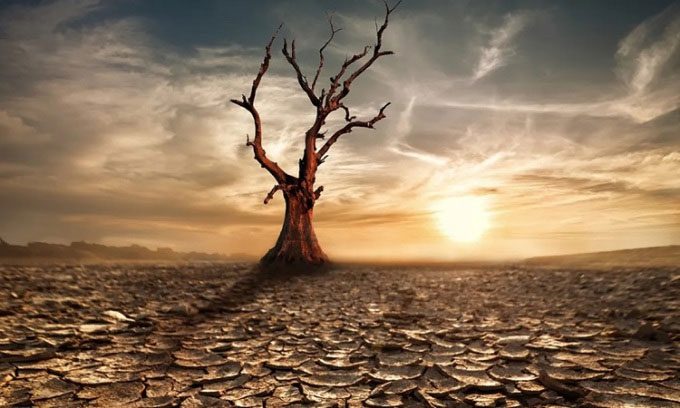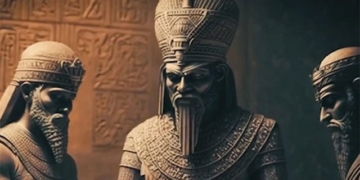A species of bacteria that produces methane may have pushed the majority of life on Earth into a mass extinction during the Permian period.
The Earth has undergone five major extinction events. Among them, the Permian extinction event, known as the “Great Dying,” wiped out approximately 70% of terrestrial species and 96% of marine life on Earth. The 10-million-year gap in coal formation around the time of this extinction event indicates a vast amount of vegetation that formed coal during the extinction and took millions of years to recover, according to IFL Science.

Methanosarcina bacteria thrived during the Permian and released methane into the atmosphere. (Image: Perfect Lazybones)
However, identifying the period when species numbers suddenly declined from fossil evidence is just the easy part. Scientists have proposed several hypotheses to explain the causes of the mass extinction, ranging from the release of methane from the ocean floor to asteroid impacts. Through the study of rocks formed during the extinction event, researchers learned that the oceans and shallow waters were oxygen-depleted at the end of the Permian. This state of low oxygen appears to have contributed to the extinction event through a chain reaction.
Desulfurizing microorganisms can perform anaerobic respiration, using sulfur instead of oxygen, and likely thrived in low-oxygen environments. The hydrogen sulfide byproducts they produce could have been released into the atmosphere, poisoning plants and destroying the ozone layer, exposing life to dangerous ultraviolet radiation for about 250 million years, while also warming the Earth. Ocean warming may have caused frozen methane to escape into the atmosphere, exacerbating the problem.
Another explanation for the mass extinction was proposed by a research team from the Massachusetts Institute of Technology (MIT) in 2014. Daniel Rothman, a geophysicist at MIT, and his colleagues observed a species of unicellular bacteria called Methanosarcina that can digest organic matter, producing methane through horizontal gene transfer from Clostridia bacteria.
According to their hypothesis, Methanosarcina thrived during this period, emitting methane into the atmosphere and disrupting the carbon cycle, ultimately driving the extinction event. The chemical processes associated with the methane-producing bacteria are linked to nickel metals. The research team examined sediments in South China and found large amounts of nickel that could support their hypothesis.
“Horizontal gene transfer leads to changes in biogeochemistry, with major volcanic activity acting as a catalyst. The proliferation of Methanosarcina disrupts CO2 and O2 concentrations,” the research team concluded. “The disruption of biogeochemistry is likely widespread. For instance, the oxidation of methane increases sulfur levels, releasing toxic hydrogen sulfide into the atmosphere, leading to extinctions on land.”
While more evidence is needed to support this hypothesis, researchers emphasize that their findings highlight Earth’s sensitivity to evolutionary shifts in microbial life. The team has yet to determine exactly when Methanosarcina evolved to produce methane byproducts.


















































